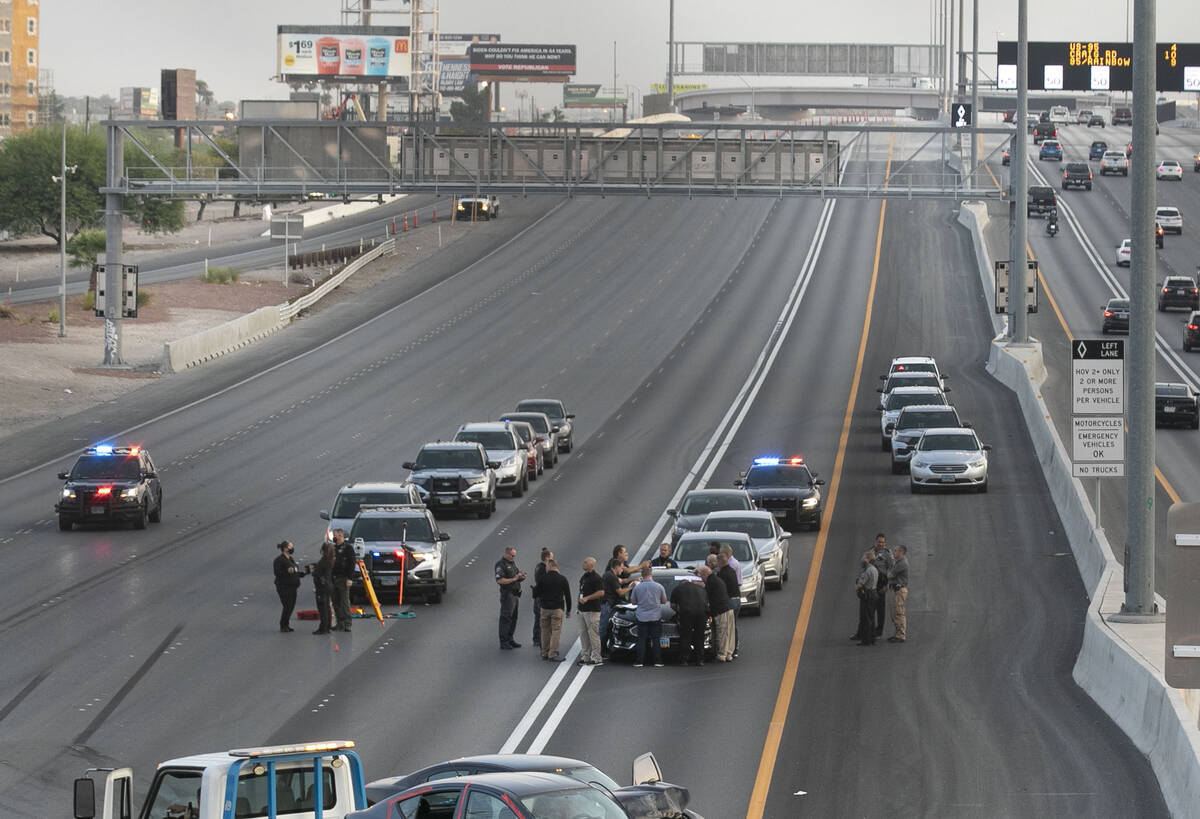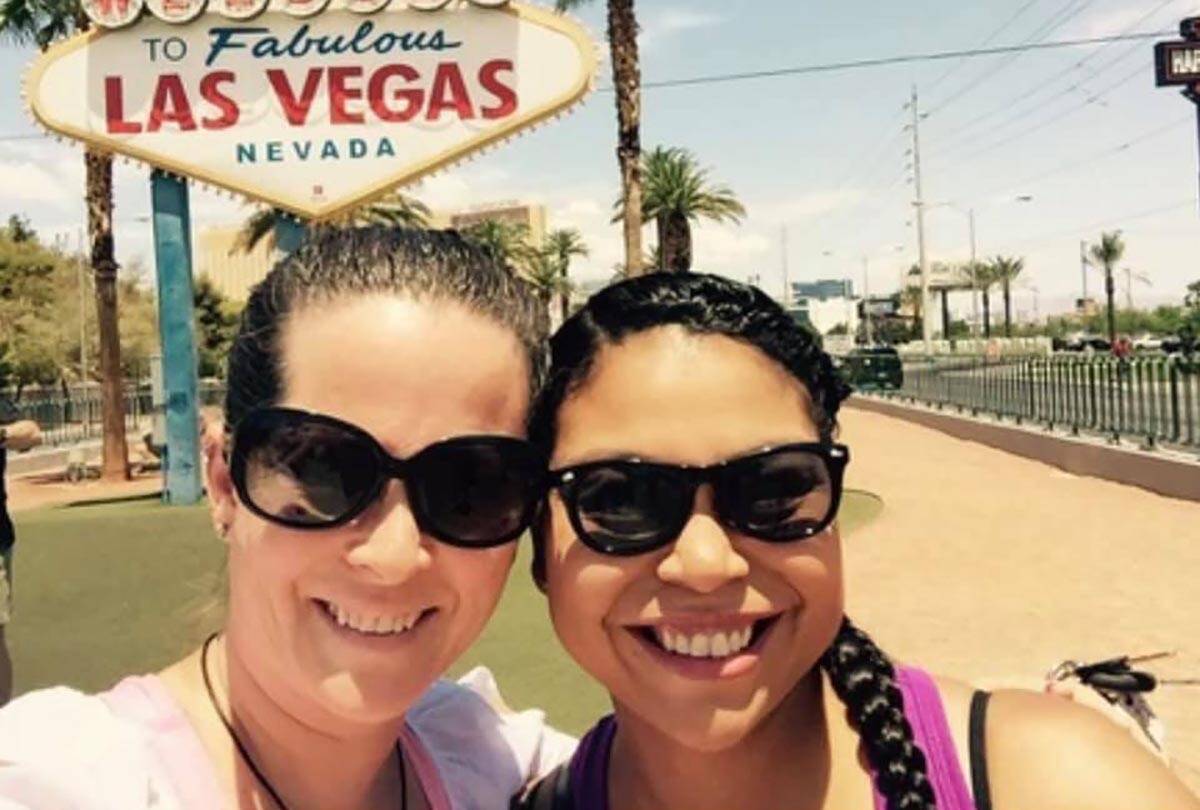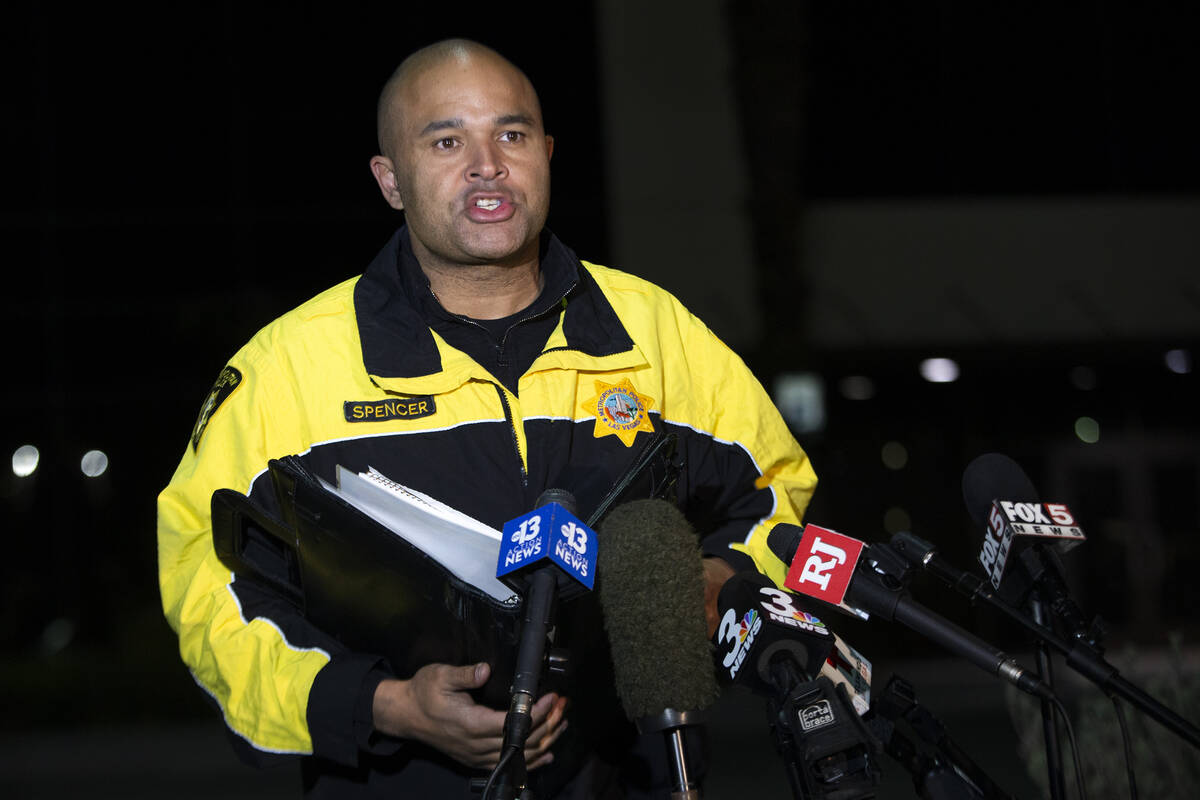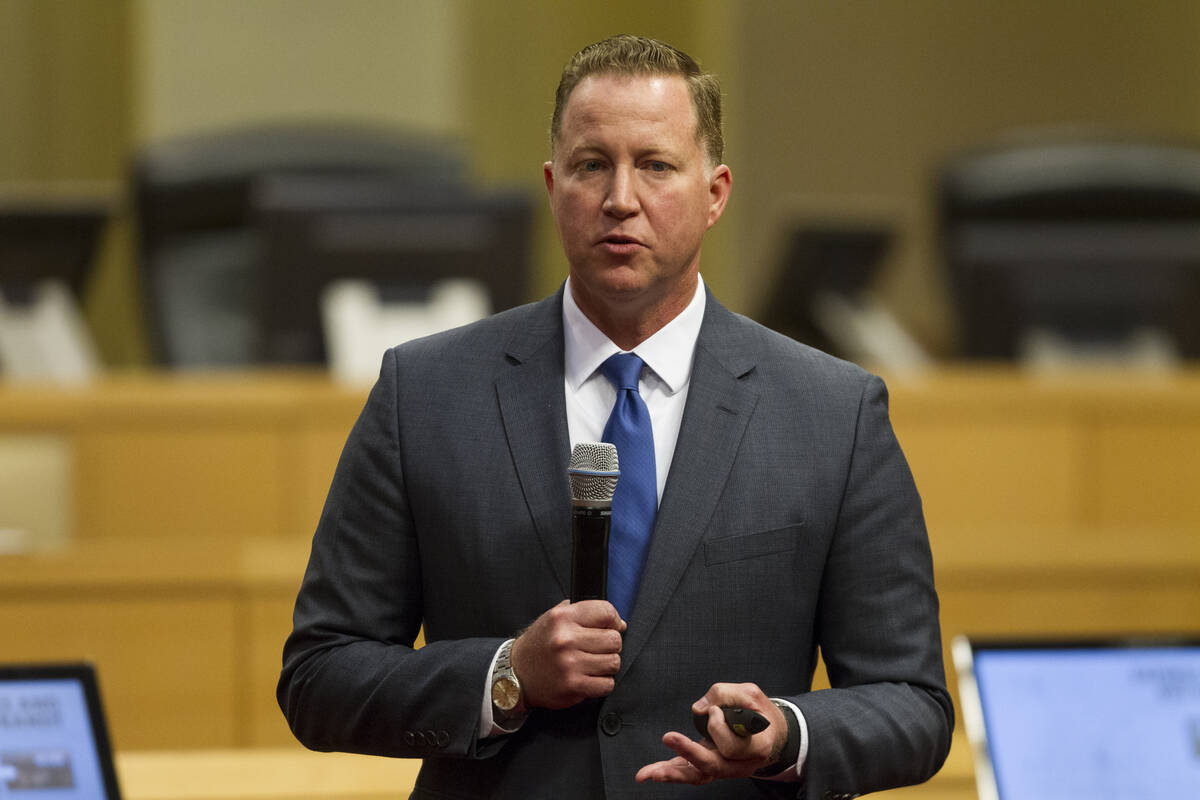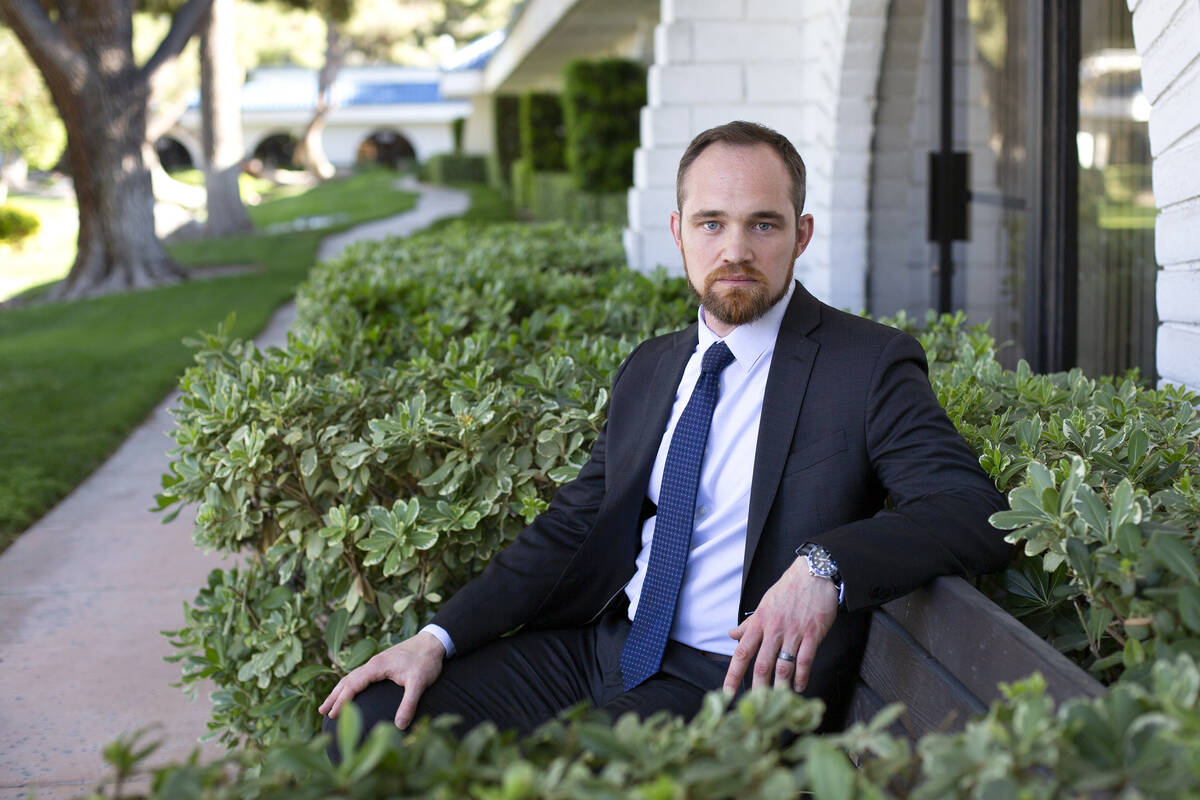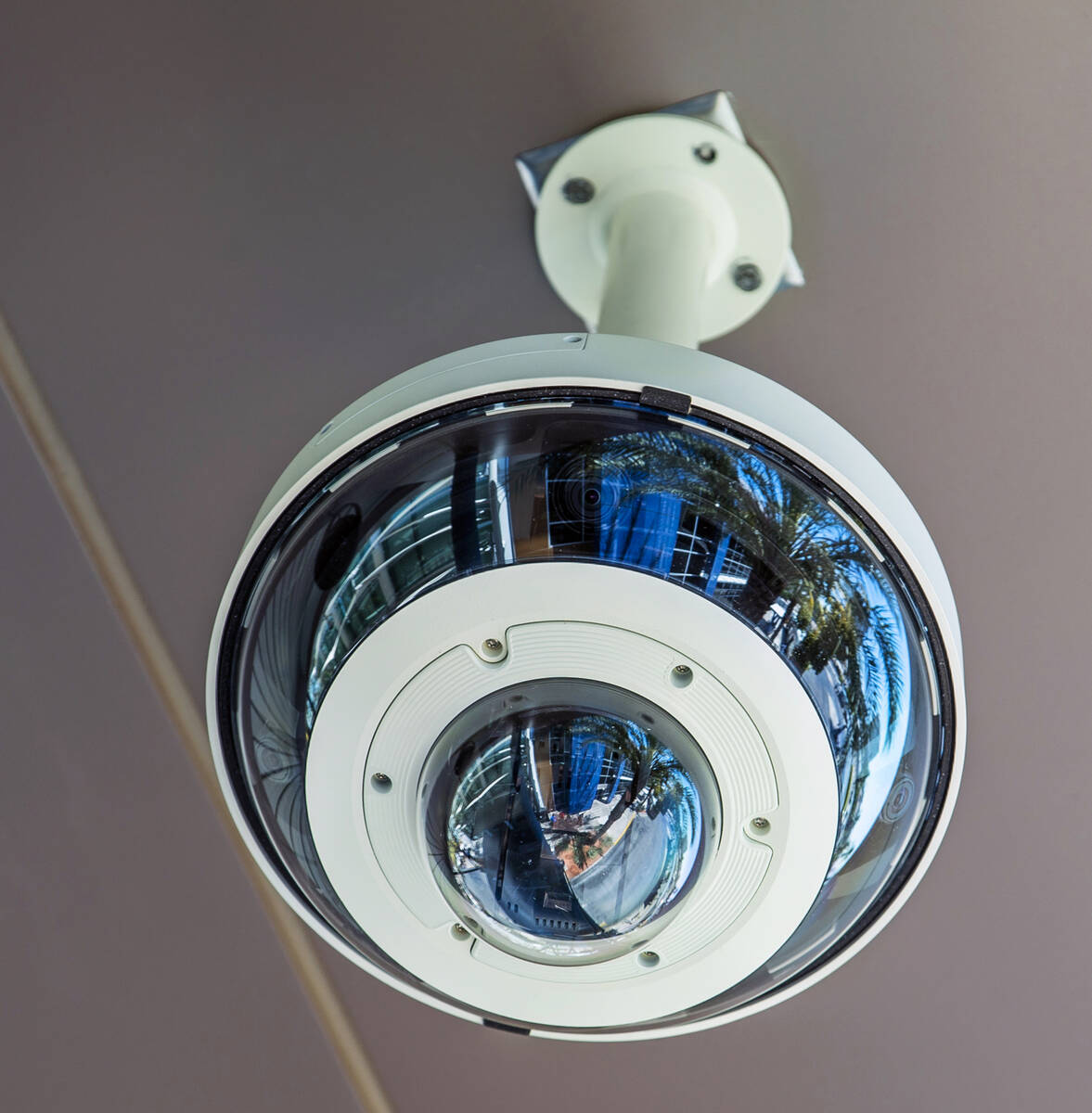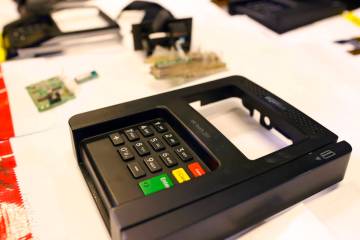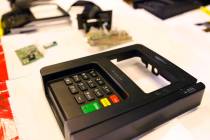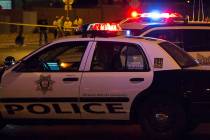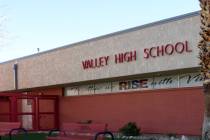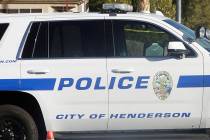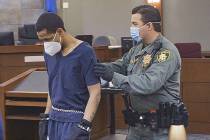Police lieutenant says traffic camera recordings could help solve crimes
Kamiah Bird was driving on Interstate 15 in September 2020 when a killer gunned her down in her blue Nissan Versa.
Las Vegas police conducted an extensive investigation, scouring the area for video of the killer’s vehicle, and for physical evidence on the freeway, but the search didn’t yield much. The case remained unsolved Friday.
This week, a Las Vegas police lieutenant said investigators would have a better chance of solving homicide cases like Bird’s if cameras on light poles along roadways throughout Southern Nevada constantly recorded. Homicide Lt. Ray Spencer said the cameras, which are run by the Regional Transportation Commission, provide live feeds that help traffic officials look for wrecks, but they do not record and store data.
“If they recorded, we’d have a 99 percent solvability rate,” Spencer said. “It would, however, take an unbelievable amount of data.”
The Metropolitan Police Department’s solvability rate last year for homicides was a nationally leading 91 percent. The department uses gunshot detection equipment, facial recognition software, license plate readers and drones to investigate crimes. Henderson, North Las Vegas and Las Vegas police have partnerships with Ring and NextDoor, where residents can tell local law enforcement if they have cameras that may have captured nearby crimes.
Las Vegas police have their own cameras perched at various intersections throughout the valley that record and store data, and they can be accessed and monitored at the police Fusion Center in real time.
“The street light cameras would be an unbelievable benefit to law enforcement if they recorded,” said Spencer, who is running for a seat on the Las Vegas City Council.
Purpose of RTC cameras
Regional Transportation Commission Deputy CEO David Swallow said the purpose of the cameras is for authorities to be able to quickly respond to traffic incidents.
“The RTC’s FAST team works in collaboration with the Nevada Department of Transportation, local jurisdictions, law enforcement and the Freeway Service Patrol to actively manage traffic and respond to incidents on freeways and major roadways throughout Clark County,” Swallow said in a statement. “This often requires viewing real-time traffic operations using live feeds from over 1,000 freeway and arterial traffic cameras. These cameras help FAST traffic technicians assess situations and make necessary adjustments to traffic signals, ramp meters, dynamic message signs and other devices to improve traffic flow and enable safe operations. As we work in a continuously live environment, recording video is not essential to our traffic management activities.”
Although these cameras don’t record, anyone may capture the 350-plus video feeds that are livestreamed on the Regional Transportation Commission’s website. Anyone interested would need the required video recording system and computer infrastructure to be able to capture hours of video footage to store for future use.
Red-light cameras
Nevada’s cameras differ from cameras that law enforcement agencies across the country use to cite motorists who run red lights.
For red-light cameras to be put in place in Nevada, they would need to be approved by the state Legislature. The cameras allow law enforcement officers to cite motorists who run a red light by snapping a photograph of the vehicle and its license plate, with a citation being sent to the offending driver’s home.
Multiple pushes to add the red-light cameras to intersections on Nevada’s roadways have been shot down in the Legislature. The most recent attempt was during the 2019 legislative session.
Among those who opposed the 2019 legislation was the American Civil Liberties Union of Nevada. Chris Peterson, the organization’s legal director, argued that Las Vegas is one of the most surveilled cities in America, and he worried that constant recordings would lead to a higher number of arrests over low-level offenses caught on camera.
“We’re failing to appreciate that if you are using a recording to solve a crime, that’s a sign the crime has already happened,” Peterson said. “I don’t know if there’s any evidence that posting cameras everywhere actually discourages crime. The only deterrence to crime is awareness of being caught, but not if they’re posting them in places where they’d be covert.”
Peterson said the request would require more money be siphoned to Metro’s $660 million budget, and he would prefer to see the investment go to other areas of the community.
“Plenty of studies show having a better education system and a lower poverty rate lower crime,” he said. “Are we focusing on that? No.”
Contact Sabrina Schnur at sschnur@reviewjournal.com or 702-383-0278. Follow @sabrina_schnur on Twitter. Contact Glenn Puit by email at gpuit@reviewjournal.com. Follow @GlennatRJ on Twitter. Contact Mick Akers at makers@reviewjournal.com or 702-387-2920. Follow @mickakers on Twitter.



